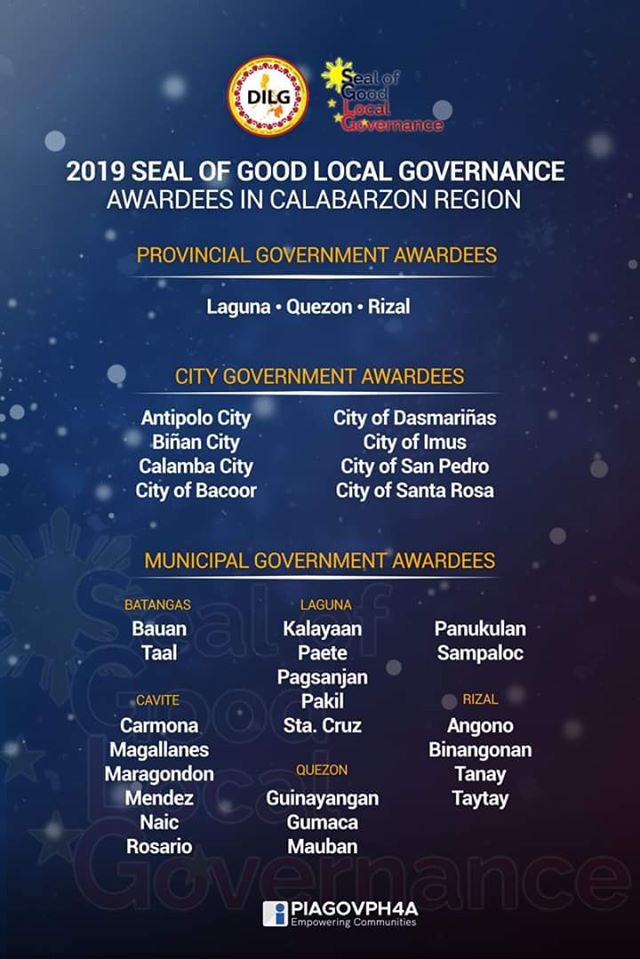CUARTEL DE SANTO DOMINGO
Minutes of the Meeting
19 March 2021
Opening:
The meeting on the updates regarding the ongoing restoration of the Cuartel de Santo Domingo was called to order a few minutes past 11 AM on 19 March 2021 at the Philippine National Police – Special Action Force (PNP-SAF) Training Branch by Brig. Gen. Bernabé Balba.
Present:
Gemalin Batino-Díaz – Executive Director, Kilusan Cuartel De Santo Domingo (KCdSD)- representing Arch. Mario Zavalla
PLTCOL Ronielon M Castañeda –SAF Commandant (representing Brig. Gen. Balba – SAFPNP Head )
Engr. Ferdinand Hernández – Santa Rosa City Engineering Office
Arch. Edgardo Mar Castro – Consultant, Santa Rosa City
Engr. Peter Paul Ambas – Santa Rosa City Engineering Office
Engr. Philip Reginald Lai – Santa Rosa City Engineering Office
Engr. Shefrine A. Sy – Santa Rosa City Engineering Office
Ronald Posadas – Consultant (botanist), Santa Rosa City
Pepe Alas – heritage advocate, historian
PCPT (Atty) Benito Alba Jr. –SAF legal officer
Agenda: To resolve the controversy regarding the petition to lift the cease and desist order (CDO) issued by the National Historical Commission of the Philippines (NHCP) to the Santa Rosa City Engineer’s Office (and their contractor, Robig Builders and Development Corporation) regarding the latter’s unwarranted restoration/preservation activities on the Cuartel de Santo Domingo, a recently declared Important Cultural Property of the Philippines.
- PLTCOL Castañeda allowed those present in the meeting to introduce themselves one by one.
- Delegates from the city engineering office presented a PowerPoint presentation on Robig Builders and Development Corporation’s activities on the Cuartel de Santo Domingo.
- Before the city engineering office was able to begin their PowerPoint presentation, Ms. Díaz emphasized the important but pro bono role that the KCdSD played which made the Cuartel Important Cultural Property.
- After the PowerPoint presentation, Ms. Díaz again reiterated why the KCdSD was not consulted about the restoration/preservation project despite the years that the group have sacrificed for the Cuartel de Santo Domingo.
- Engr. Hernández apologized to Ms. Díaz for not consulting the KCdSD with their plans for the Cuartel de Santo Domingo.
- Alas interpellated the city engineers and their consultants if they have asked permission from governing agencies (NHCP, National Museum of the Philippines, and the National Commission for Culture and the Arts) that they would do conservation and preservation activities on the Cuartel de Santo Domingo. After being given the runaround, it was found out that the city government did not inform the said governing agencies after all.
- Díaz lectured the engineers and their consultants the importance of the Cuartel de Santo Domingo, that it should not be tinkered with arbitrarily even if sanctioned by the Mayor’s Office. She also reiterated the years of thankless sacrifice that she and the KCdSD have made throughout the years just so that the Cuartel de Santo Domingo would garner national attention.
- Alas also asked who among the city engineers communicated with Councilor Ina Cartagena who, two days prior (on March 17, during the 11th regular session of the city council), announced to her colleagues that the Engineering Office requested their chamber’s help to have a resolution drafted in order to repeal the CDO issued by the NHCP. The city engineers present denied having talked to Cartagena.
- Díaz asked Atty. Alba if it was possible for the Santa Rosa City Council to repeal the CDO issued by the NHCP through a resolution, but the latter begged off from further questioning, stating the matter was already sub judice.
- Díaz made sure to the engineering office and their consultants that the NHCP will not lift the CDO, regardless of an issuance of a city resolution that will attempt to repeal it; no local ordinance can veto the said CDO unless motion is filed to a proper court .
- It was agreed on both sides that the city engineer’s office will have to provide the KCdSD a transparent development plan. KCSD will submit the said development plans and it is the call of NHCP to lift that CDO.


















